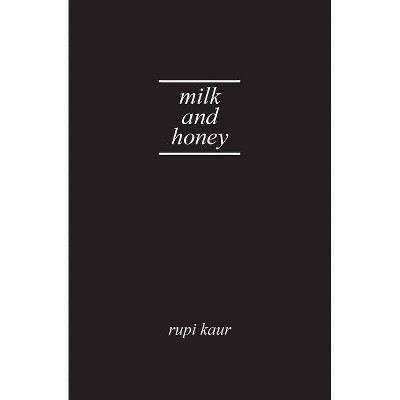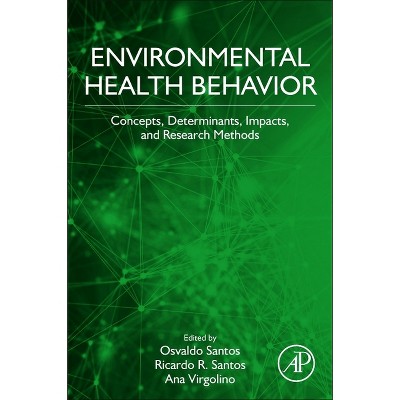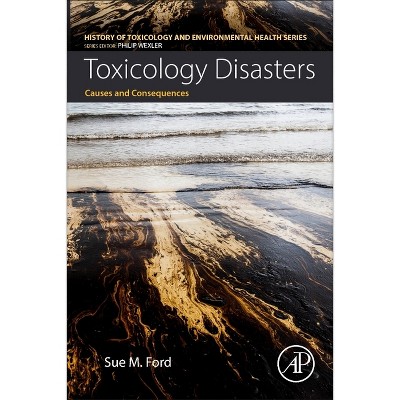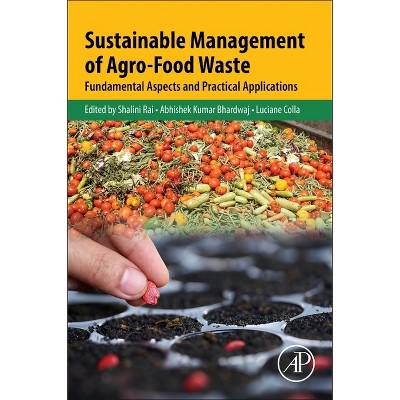Environmental Impact of Agro-Food Industry and Food Consumption - by Charis M Galanakis (Paperback)

About this item
Highlights
- Environmental Impact of Agro-Food Industry and Food Consumption covers trends associated with the impact of food production on the environment using lifecycle analysis and the standard methods used to estimate the food industry's environmental impact.
- Author(s): Charis M Galanakis
- 308 Pages
- Health + Wellness, Diet & Nutrition
Description
About the Book
"Addresses and presents approaches to diminish the environmental impact of agro-food industries and food consumption while also supporting professionals and enterprises that aspire to improve efficiences within the industry. Environmental Impact of Agro-Food Industry and Food Consumption covers trends associated with the impact of food production on the environment, using a life cycle analysis and standard methods to estimate the environmental impact of the food industry. The book discusses the environmental impacts of feeding crops to poultry and pigs, organic agriculture, the confectionary and dairy industry, cheese, ice cream and pasta production, the tea consumption chain, and foods refrigeration. Also discussed are food waste and consumption in hospitality and global diets. Written for food scientists, technologists, engineers, chemists, environmentalists, environmental technologists, and academics and professionals working in the food industry, Environmental Impact of Agro-Food Industry and Food Consumption is an essential resource on sustainability in the food industry"--Page 4 of coverBook Synopsis
Environmental Impact of Agro-Food Industry and Food Consumption covers trends associated with the impact of food production on the environment using lifecycle analysis and the standard methods used to estimate the food industry's environmental impact. The book discusses city-scale actions to estimate the environmental impact of food systems, including the meat chain, feeding crops to farmed fish, the confectionary industry, agriculture, tea processing, cheese production, the dairy industry, cold chain, and ice cream production. Food waste and consumption in hospitality and global diets round out these interesting discussions.
Written for food scientists, technologists, engineers, chemists, governmental regulatory bodies, environmentalists, environmental technologists, environmental engineers, researchers, academics and professionals working in the food industry, this book is an essential resource on sustainability in the food industry.
Shipping details
Return details
Trending Diet, Health & Fitness Books











